Significant Difference in CoQ10 Absorption
A CoQ10 preparation that cannot be absorbed in the body is a waste of money. But why is there such a big difference in absorption and what does it take to ensure good absorption of CoQ10? Here we try to find the answers.
In a study from 2019, six different CoQ10 formulations were examined with quite astounding results: Even though the same CoQ10 raw material was used in all preparations, the absorption of CoQ10 showed huge variation and turned out to be highly dependent on how each preparation was produced and the type of oil used as a carrier substance. In the worst case, virtually none of the CoQ10 raw material in the capsule was absorbed in the body.
An analysis under a microscope shows significant differences in the structure of the CoQ10 crystals. These differences explain why some CoQ10 preparations are absorbed better than others.
The Difference Lies in the CoQ10 Crystals
The video shows you how Coenzyme Q10 is absorbed in the body and why the crystal structure is essential for ensuring a high absorption.
For a more detailed walk-through about CoQ10 absorption, you might want to consult our detailed introduction to how CoQ10 is absorbed in the body. Here you will understand why fat or oil is necessary for CoQ10 to be absorbed and why oils with different melting points are essential for creating a CoQ10 product with high absorption.
Study Documents 3-10 Times Better Absorption
Leading clinical researchers have compared the absorption of six different CoQ10 preparations. Five of the test preparations contained CoQ10 in different oil mixtures in soft-gel capsules; one test preparation consisted of finely ground CoQ10 powder in a hard-gel capsule. One preparation stood out in the absorption study:
"Myoqinon manufactured by Pharma Nord had a 3-10 times better absorption than any of the other five CoQ10 preparations. "
Myoquinon is the pharmaceutical version of the original CoQ10 product, Bio-Quinone Q10 Gold, introduced by Pharma Nord 28 years ago and which has been used in many clinical studies.

The graph shows absorption levels for the six CoQ10 preparations from the human clinical trial, all of which contained the ubiquinone form.
Why is CoQ10 so Difficult for the Body to Absorb?
All CoQ10 manufacturers face the same challenge – that CoQ10 molecules form large unabsorbable crystal structures. It is extremely important to be aware of this as it results in CoQ10 products' being difficult to absorb in the small intestine.
Only if the CoQ10 manufacturer can prevent the molecules from clumping together and forming large crystals is it possible to produce a product that is well absorbed and gives the desired effect.
Pharma Nord's unique, proprietary manufacturing process works with a sophisticated and patented manufacturing method that has been achieved through thermal processing to make the crystals finer and their surface more porous, thereby rendering the CoQ10 in a dissolvable form that your body can absorb.
CoQ10 under a Microscope: See the Difference
The images below clearly show the significant difference in crystal structure between highly soluble CoQ10 with a "snow-flake" like structure and the poorly soluble CoQ10 that form big chunks.
The above photos were taken using a professional microscope with advanced calibration options and high-quality lenses. You can however easily test your own Coenzyme Q10 at home using a microscope bought for as little as $ 60. See our article on how to test your own CoQ10 using such a low-cost home-microscope. The article will give you a step by step guide on how to test your CoQ10 at home and what to look for and what you can expect to see with a cheap and easy-to-use microscope.
The Challenge of the CoQ10 Raw Material
The raw material used in all CoQ10 products is a fine yellow powder. If you observe the powder under a microscope, you will see clusters of large non-dissolvable crystals. These clusters are comprised of many CoQ10 molecules clumping together. Because of the sheer size of these crystals, it is impossible for the CoQ10 to cross the intestinal barrier in the small intestines during the absorption process, which would then lead them through the lymphatic system to the bloodstream.
The only way to start dissolving these crystalline structures is to dissolve them in an oil matrix and use heat to lower their melting point from 118.4 degrees Fahrenheit to 98.6 degrees Fahrenheit, the human body temperature. Completely dissolving the CoQ10 raw materials' crystals is the key to creating a highly bioavailable CoQ10 product that your body can physically absorb.
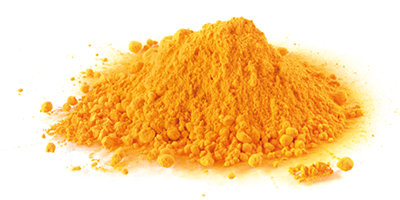 |
| Raw Q10 preparation |
To be absorbed in the body, the crystals must first be individually dissolved into single molecules by way of submerging them in oil and heating them up. The CoQ10 crystals do not completely dissolve until they reach a temperature of 118.4 degrees Fahrenheit. As a basic premise, this means that our body temperature is 19.8 degrees Fahrenheit too low for the unprocessed raw CoQ10 crystals to be absorbed in the small intestines. Even though the crystals are so small that you cannot see them with your eyes, they are too large to pass through the intestinal barrier.
"Therefore, you cannot expect to achieve any effect from a CoQ10 product produced in a manufacturing process that does not take this inherent absorption issue into account."
The CoQ10 molecules that pass through the intestinal barrier will reach the bloodstream through the lymphatic system. From the blood circulation, the CoQ10 will reach the cells to become a co-factor in the ATP production process inside the mitochondria. A CoQ10 product that is not absorbed in the small intestines is a waste of money – no matter how expensive or cheap it is as it is literally excreted through one's stool. Unfortunately, there is not enough focus on absorption. Very few CoQ10 manufacturers globally can document that their product is absorbed and that the active material reaches the cells where it performs its natural function in the production of ATP energy.
Patented Method used in the most Successful Clinical Studies of CoQ10
Some of the most successful clinical studies showing a significant effect of CoQ10 supplementation were conducted using CoQ10 manufactured by Pharma Nord and therefore based on the patented manufacturing process. For instance, the renowned Kisel-10 and the Q-Symbio studies used the Pharma Nord CoQ10. The effect on absorption may play a key role in the successful results of CoQ10 found by the studies.
When you buy Pharma Nord's patented Bio-Quinone CoQ10 supplement, you get the reassurance that comes with the documentation of 16 human absorption studies.
In addition, you get access to the results of 78 unique human studies documenting significant health benefits from taking the unique Bio-Quinone formulation.
Of these studies, 26 are gold standard studies that are randomized, double-blind, placebo-controlled studies enrolling 30 or more participants.
How does the Method Improve Absorption?
The method of the European patent behind the superior absorption of Pharma Nord's CoQ10 involves using a blend of pharmaceutical-grade soybean oils (from which the allergy-inducing protein elements have been removed) with different melting points. See the patent here.
The oil with the low melting point remains liquid at normal room temperature so that the CoQ10 molecules are free floating, whereas the oil with the higher melting point ensures that fine fat particles will form during the manufacturing process and will work as condensation nuclei for the CoQ10 molecules to form so-called micelles, which are essential for the absorption in the intestine. The soybean oils are mixed with the CoQ10 raw material, which is in a crystalline structure as the oil mixture’s temperature is below 118.4 degrees Fahrenheit, the melting point of coenzyme Q10.
The next step involves using a proprietary thermal process that alters the surface of the crystalline CoQ10 molecules and makes them more open and porous. This process is completely natural. It neither affects nor alters the CoQ10 molecules by way of any chemical, genetic, or synthetic processing. The secret to the Pharma Nord Bio-Quinone formulation is the soybean oils' natural ability to help alter the surface structure of the CoQ10 molecules to become snowflake-like and porous in order for them to be more easily dissolved and to pass through the intestinal barrier.
From Massive Crystals to ”Snowflakes”
Instead of massive crystalline structures that cannot cross the point of absorption, the CoQ10 molecules are transformed during the proprietary thermal process to a structure that resembles a snowflake on the surface.
If you study these crystalline snowflake structures with a microscope, you can clearly see the numerous branch-like structures or snow crystals that the CoQ10 molecules now have. As the surface is more open and less compact, the crystals have an easier time dissolving at body temperatures.
Can Bypass the Intestinal Barrier
The ability to pass the intestinal barrier has a defining impact on the bioavailability of a CoQ10 product. Immediately after ingestion, the gelatin in the soft-gel capsule will be dissolved in the stomach. The body temperature in the stomach is high enough to dissolve the individual “snow-flake crystals” so that individual CoQ10 molecules are able to penetrate the intestinal barrier and enter the bloodstream. By contrast, the three-dimensional rhomboid-shaped crystals resulting from other CoQ10 formulations will not dissolve easily at body temperature.
Q&A about Coenzyme Q10 with Facts from leading CoQ10 Researchers. CoQ10 experts have addressed various claims about CoQ10 and CoQ10 absorption. Check out these claims below
Why do some CoQ10 Preparations Not Work?
What is the Problem with so Called Water-Soluble CoQ10?
Why is the Expression 'Nano-CoQ10' a Marketing Claim?
What is the Significance of the Oil used in a CoQ10 Preparation?
Why can Buying a Ubiquinol Product be a Waste of Money?
Why is even the Best CoQ10 raw Material no Guarantee for Good Bio-availability?
What are the Consequences of Lacking Documentation for the Uptake of a CoQ10 Preparation?
What are the most Significant Studies done with Pharma Nord's CoQ10?
Why Choose Documented CoQ10?
Can I get Pharmaceutical CoQ10 Without a Prescription?
There are numerous so-called water-soluble CoQ10 products on the market, which use different methods to achieve a supposed water solubility. Leading CoQ10 researchers have the following to say about these methods:
- Even if you envelope CoQ10 in liposomes or micelles, CoQ10 molecules will still remain fat soluble and will need to be absorbed like a fat.
- If you genetically modify and reduce the isoprene chain on the CoQ10 molecule, the resulting molecule will become more water soluble. However, it will no longer be a CoQ10 molecule but will be a CoQ9 or CoQ-whatever number, which is not appropriate for humans to use in ATP production. The basic issue is that the CoQ10 molecule (with 59 Carbon atoms in it) is too large to be absorbed like a water-soluble foodstuff.
The discussion concerning so-called Nano-CoQ10 products centers around the same issues as the fat-soluble versus water-soluble scientific discussion. The claim is that a Nano-CoQ10 product is more water-soluble and therefore improves absorption. However, the fact remains that CoQ10 molecules are fat-soluble and physically too large to pass the intestinal barrier easily.
Enveloping the CoQ10 molecule in other carriers makes the molecule bigger (which is the basic issue with water solubility – the CoQ10 molecule is too big to be water soluble). Deconstructing the CoQ10 molecule to become CoQ9 or less and then putting it in a carrier to make it supposedly more water-soluble changes the basic structure of the CoQ10.
CoQ10 will always be predominantly fat-soluble and will be absorbed as such. Meanwhile, the documentation on better human absorption of ”Nano-CoQ10” is weak and practically non-existent.
This does not necessarily mean that you should not take CoQ10 at the same time as fish oil capsules. At present, there is no research to determine the effect of taking the two products concurrently. Because of this uncertainty, some experts do recommend that you wait at least one hour between taking CoQ10 and fish oil supplements.
Even olive oil has shown itself not to be a good carrier oil for CoQ10 absorption. After examining many different carrier oils with the end goal of maximizing CoQ10 absorption levels in human clinical trials, Pharma Nord has reached the conclusion that a combination of soybean oils with different melting points is the most optimal carrier oil formulation to maximize CoQ10 absorption.
Consequently, you might end up paying for a raw material, which is more expensive because of the special handling requirements to prevent any contact with air. Taking the ubiquinol form of CoQ10 does not give any apparent advantages over ubiquinone. Ironically, you might end up absorbing ubiquinone even if you take a ubiquinol product because the ubiquinol can and does oxidize in the harsh digestive environment.
Many factors affect the outcomes in a clinical trial and determine whether the outcomes are positive and statistically significant.
For CoQ10 supplementation to achieve a positive effect, the participants must be able to absorb the actual content of the CoQ10 product. Many human clinical trials have been carried out with CoQ10 products that do not have clinical documentation establishing their absorption and bioavailability.
The extent of CoQ10 absorption can affect the outcome of the clinical trial in a major way and can explain why some scientists do not obtain the expected positive outcomes and statistical significance from CoQ10 supplementation.
Pharma Nord has more than 130 scientific studies on its CoQ10 flagship product; more than 75 of those are human clinical trials.
Pharma Nord's patented method of making CoQ10 supplements has been developed over a period of several years starting in 1991. Pharma Nord's CoQ10 has been used in some of the most important CoQ10 studies around the world. That is why this product has become the official reference product for the International Coenzyme Q10 Association (ICQA).
Here are some examples of recent studies with statistically significant outcomes:
*** The two-year Q-Symbio Study showed that 300 mg/day adjuvant treatment with Bio-Quinone significantly improved the symptoms and survival of chronic heart failure patients with a 43% reduction in cardiovascular mortality.
*** The four-year KiSel-10 Study showed that 200 mg/day of Bio-Quinone in combination with 200 mcg/day of a patented high selenium yeast preparation significantly reduced cardiovascular mortality (by 54%), improved heart function, and improved the quality of life for seniors after the age of 70.
*** The three-month Gulf War Illness Study showed that 100 mg/day of Bio-Quinone significantly improved physical function and reduced many symptoms in veterans diagnosed with Gulf War Illness.
If you belong to the group of people who will benefit from a CoQ10 supplement it makes sense if you choose a preparation that offers scientific documentation of its absorption rather than mere marketing claims.
Your heart muscle has a constant need for cellular ATP energy production; CoQ10 is an essential co-factor in this process. Moreover, your heart muscle cells need antioxidant protection. CoQ10 is an important fat-soluble antioxidant.
The original CoQ10 that started it all is now available in the US as an OTC product under the name of Bio-Quinone Active CoQ10 GOLD. This is the product that was used in all the groundbreaking CoQ10 studies that the other companies are referring to in their marketing claims.
Where can I buy the Original CoQ10 product?

The original CoQ10 product that was used for most of the scientific studies documenting the effects of Q10 was a medical preparation called Myoqinon.
This is now available in the US as a dietary suplement under the name of Bio-Quinone Active. It is manufactured in exactly the same way as Myoqinon and is identical.

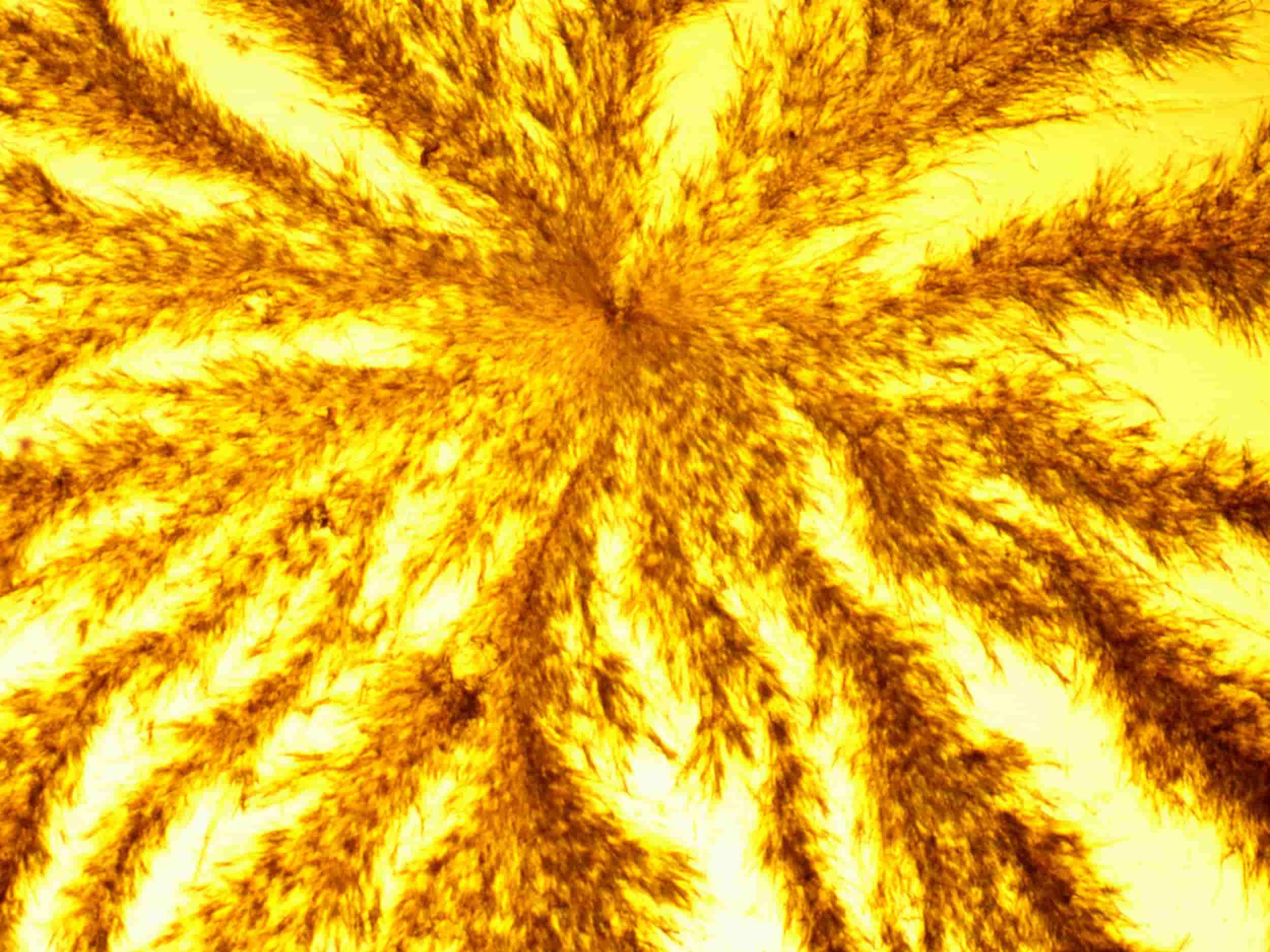
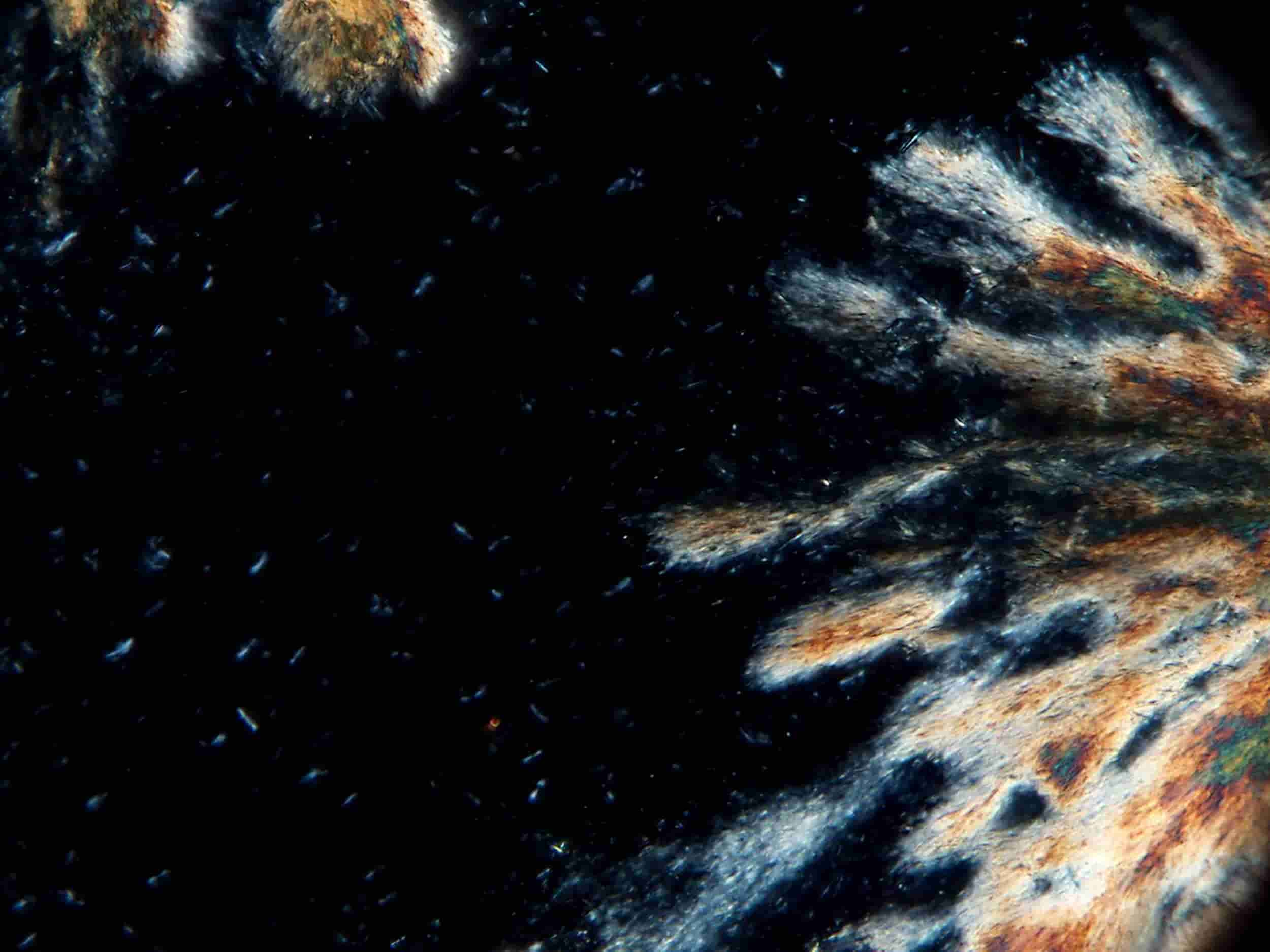
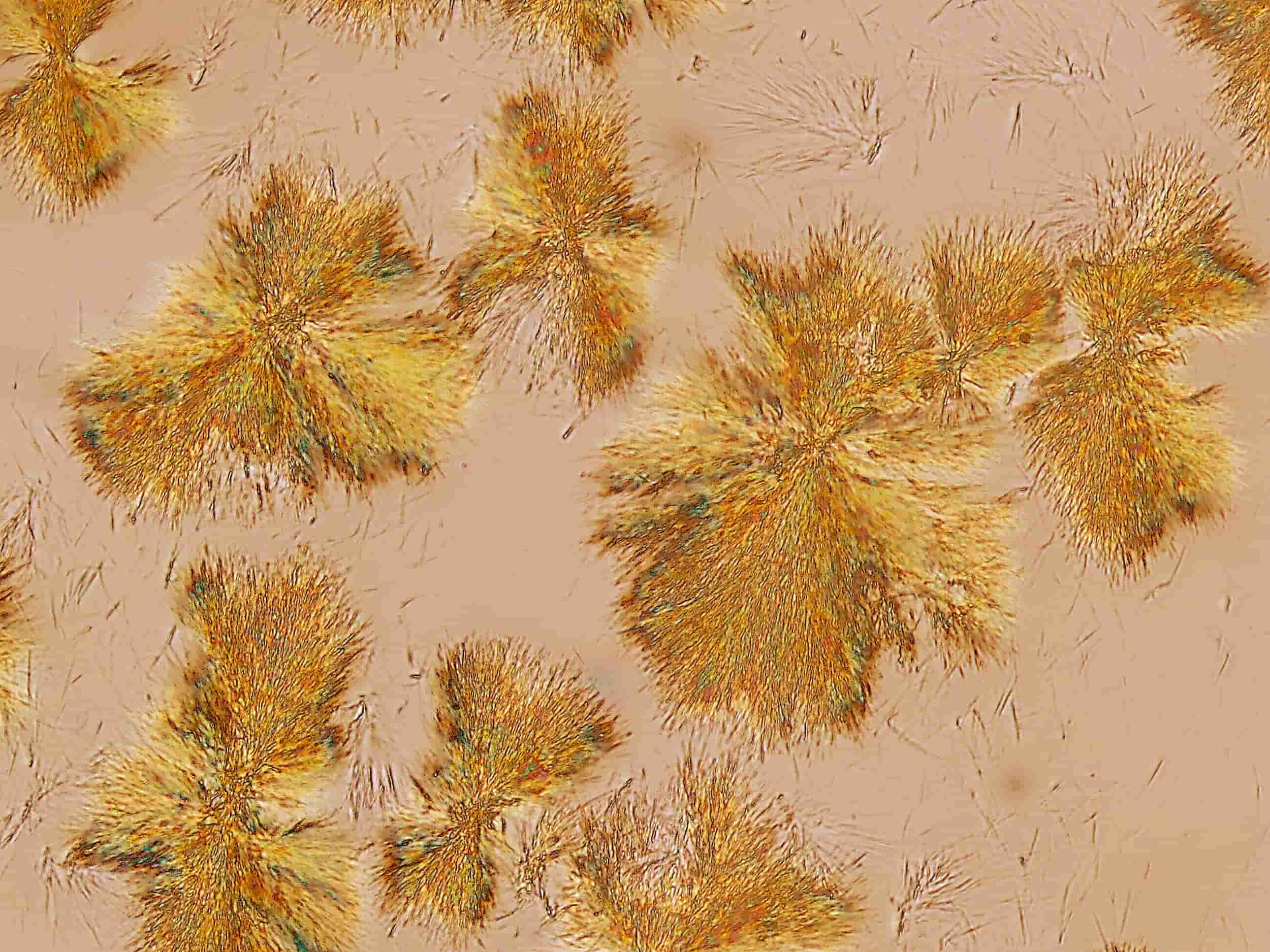

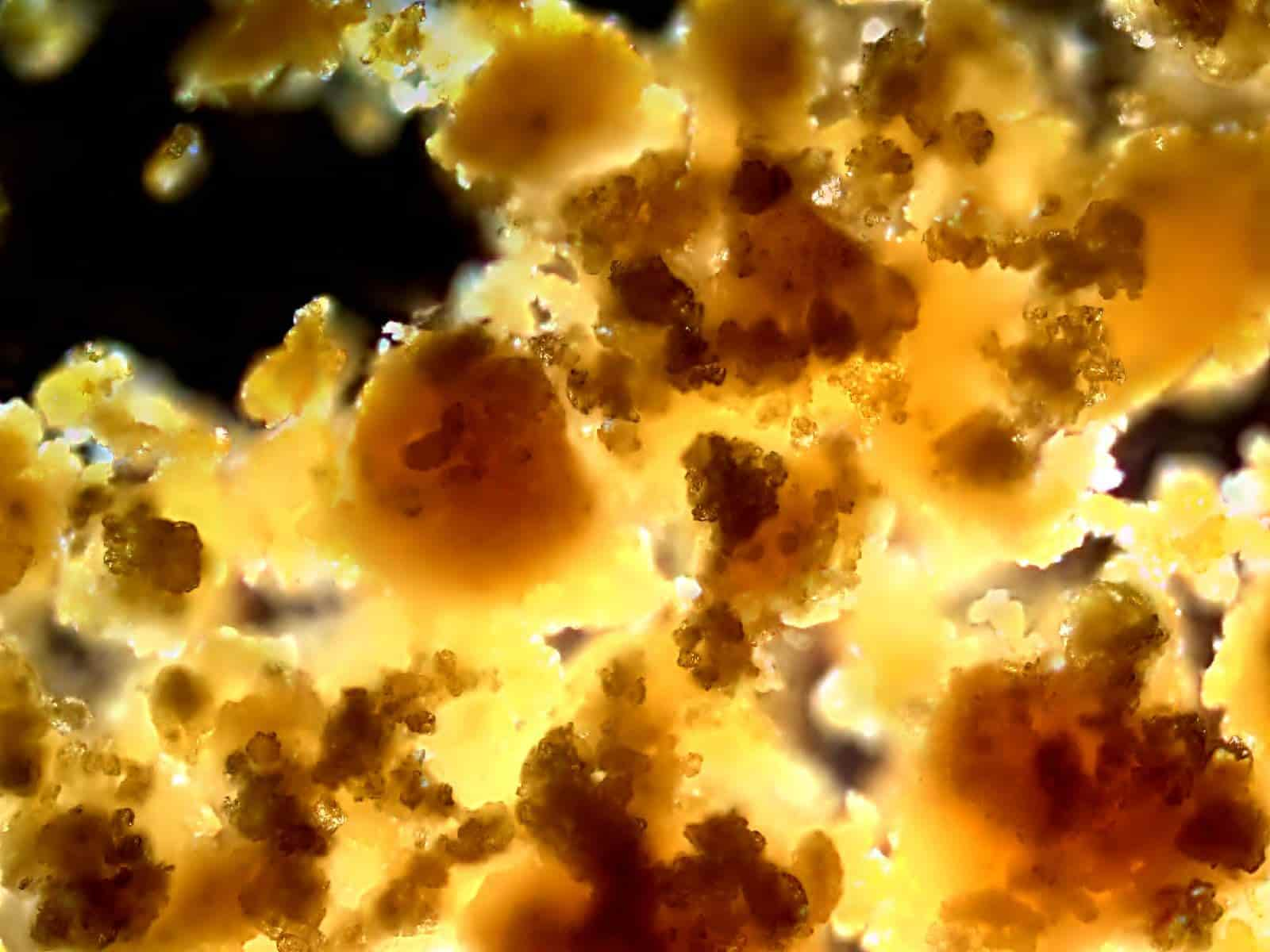
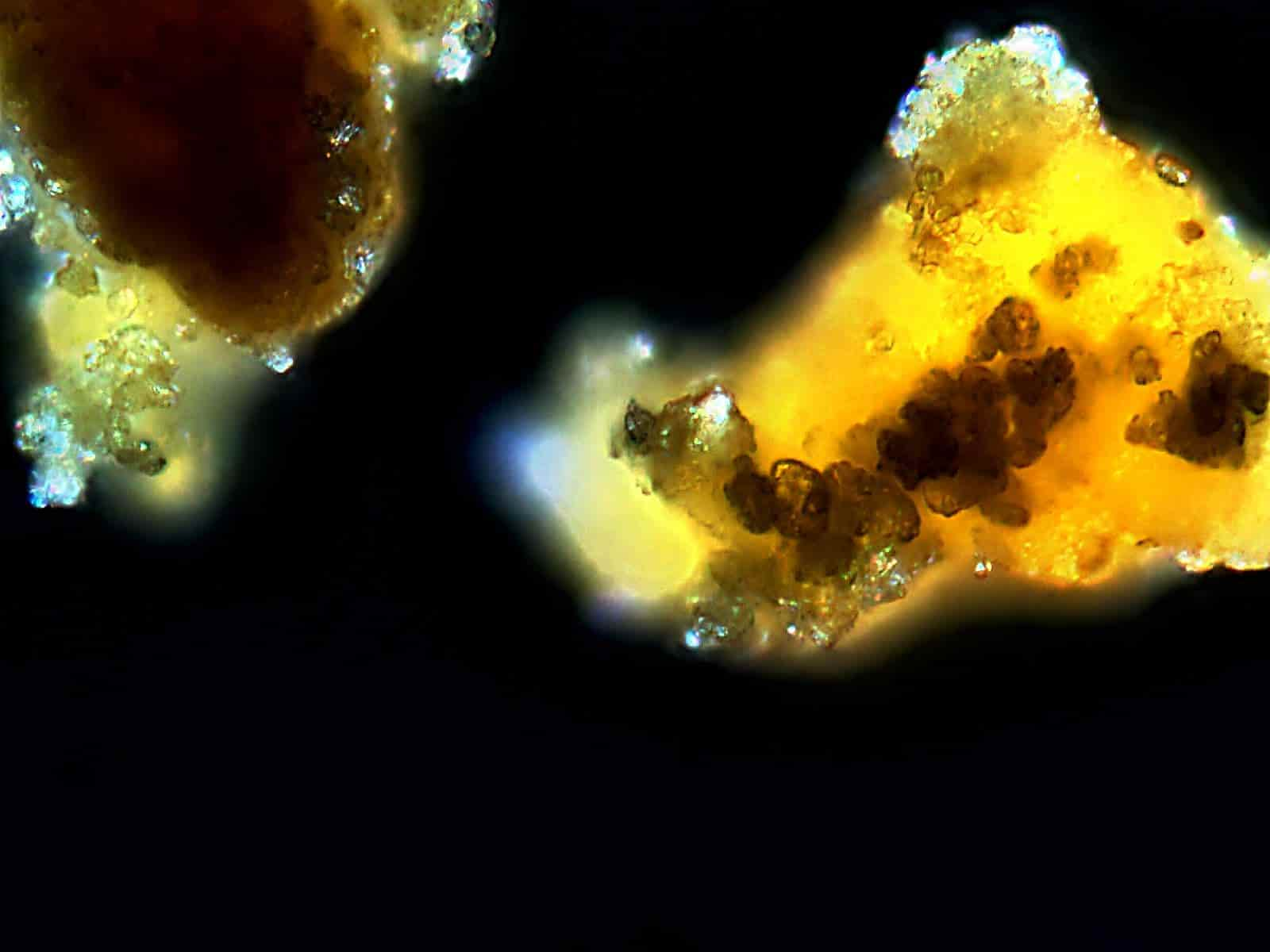
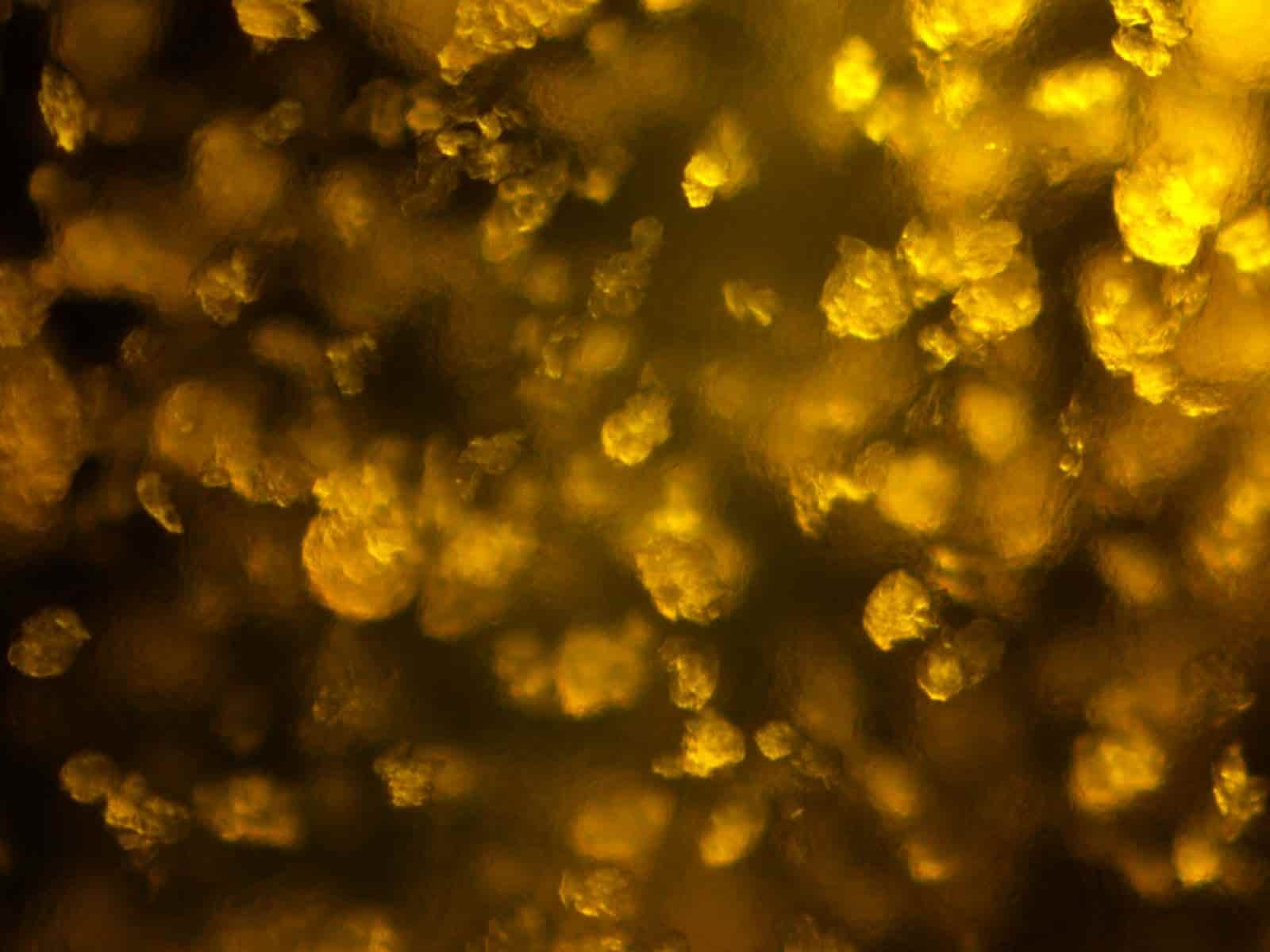
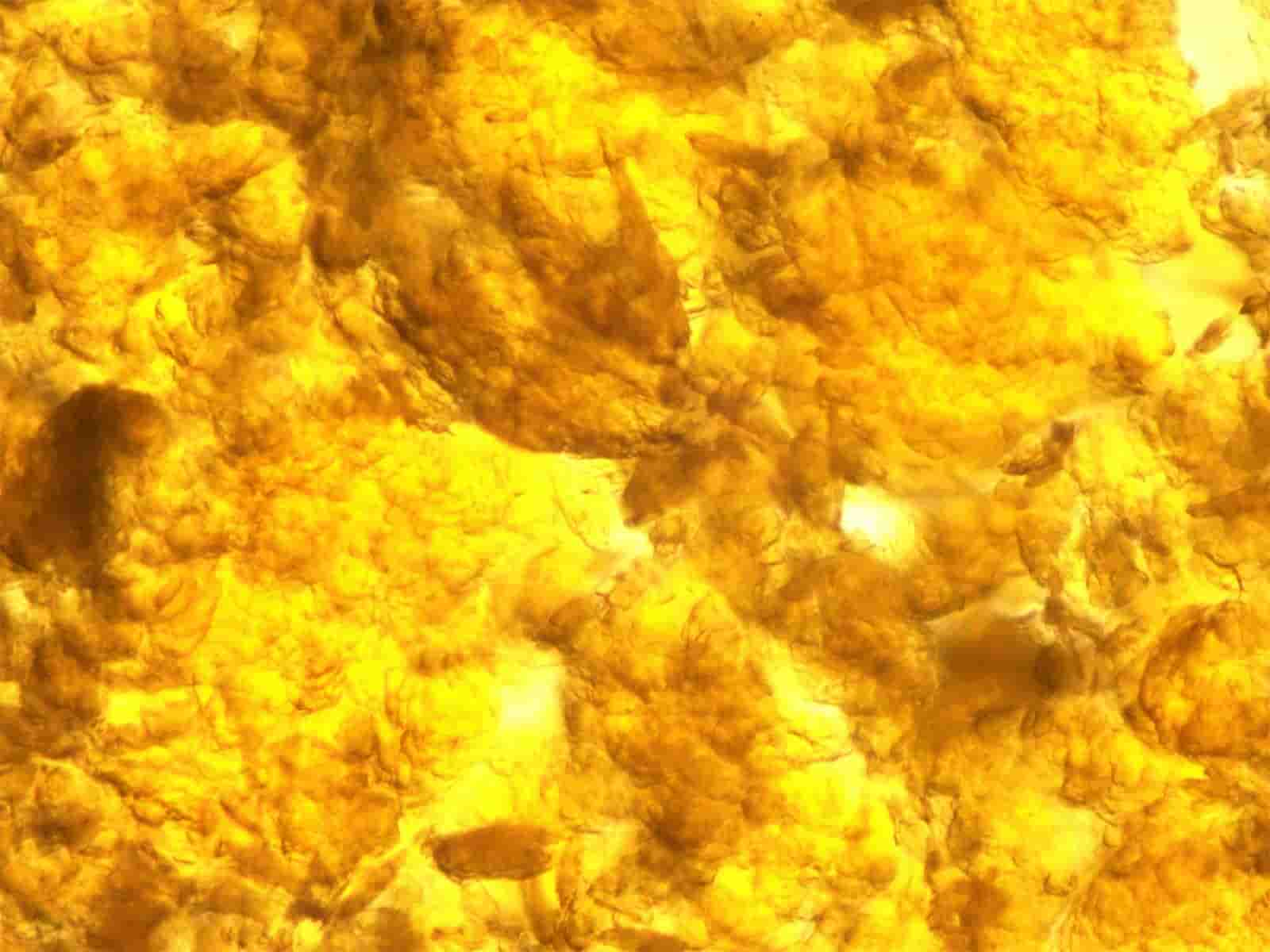
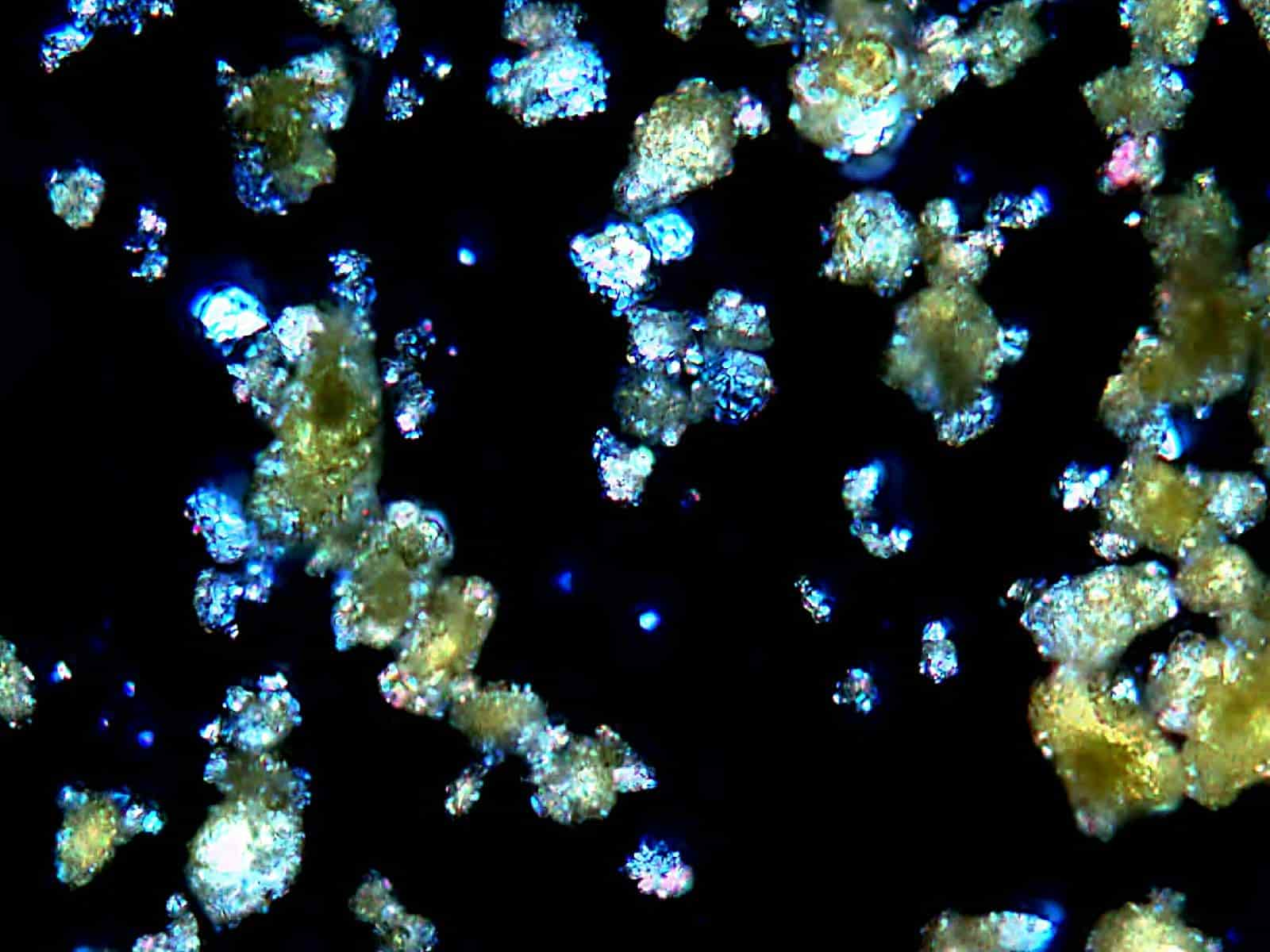
.png)

